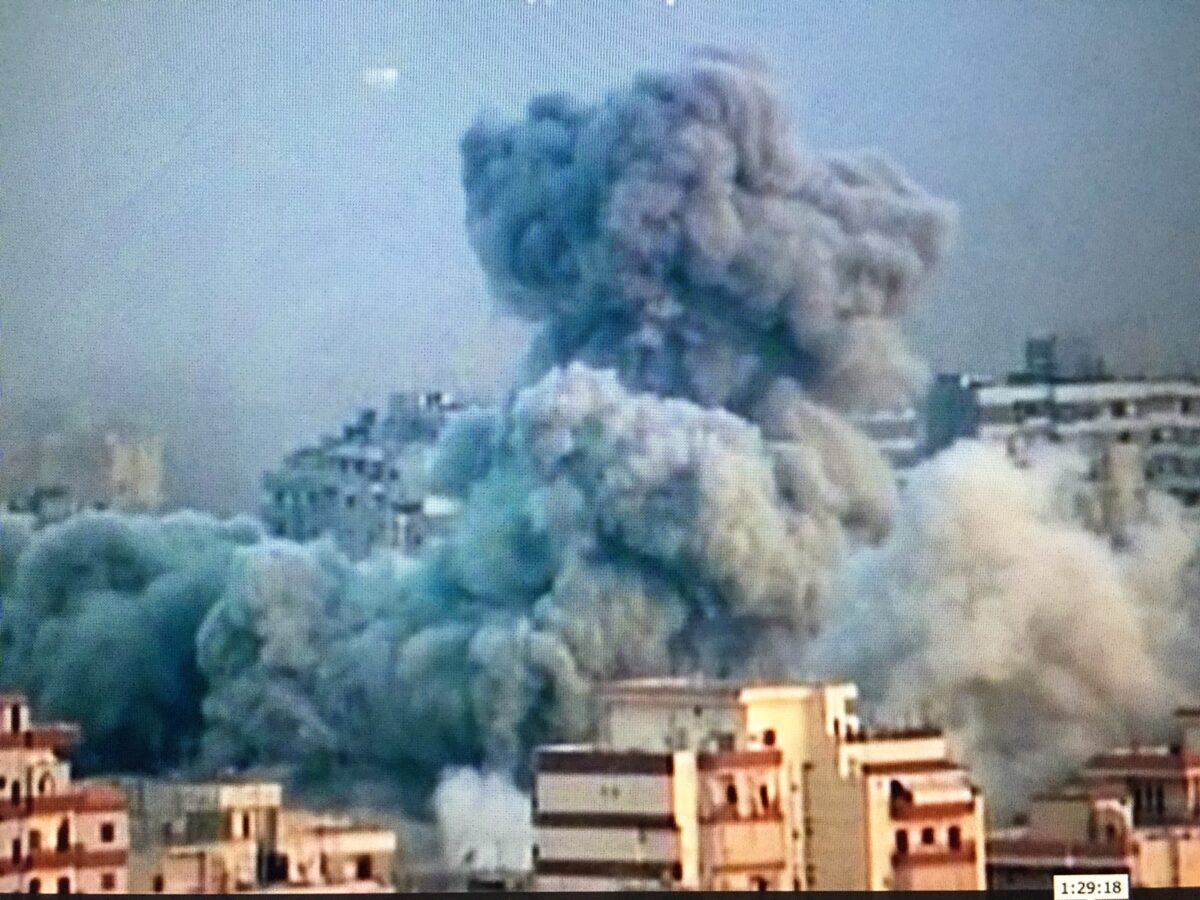For the past five decades, Lebanon, once the jewel of the Middle East, has lost its luster as an oasis of stability, having been engulfed by strife, chaos and bloodshed.
In his incisive documentary, Lebanon — Borders of Blood, Duki Dror compares this small nation to an active volcano that explodes periodically, destabilizing everything in its path.
It will be screened online by the Toronto Jewish Film Festival, which runs from June 3-13.
Dror, an Israeli, uses graphic file footage and informative interviews with Lebanese, Palestinians, Israelis and Americans to draw a vivid portrait of a country in crisis.
Created arbitrarily by Britain and France during World War I to serve their respective strategic interests, Lebanon is a mosaic of religious and ethnic communities. Its convoluted demography is both Lebanon’s strength and weakness, one of its former presidents, Amin Gemayel, observes in a trenchant comment.
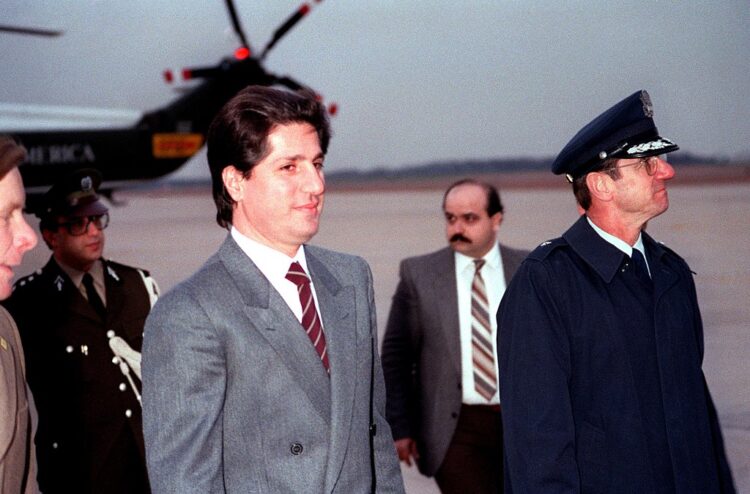
Dominated by the Maronite Christian minority until the 1970s, Lebanon was a land of haves and have nots. While the Christian and Sunni Muslim residents of Beirut, its cosmopolitan and glittering capital, generally enjoyed the fruits of prosperity and freedom, the majority Shi’a Muslims in the south were a resentful underclass yearning for equality.
Lebanon’s fragile political structure was shaken to its foundations by the 1967 Six Day War, during which Israel conquered Egyptian, Syrian and Jordanian territory and the Palestinian Arabs were jolted into national consciousness.
With a Palestinian refugee population to draw on, the PLO began building up its military forces in Lebanon, assisted by Syria and the Soviet Union, and launching pinprick raids into northern Israel. The Israeli army responded with retaliatory strikes, including a commando raid on Beirut airport in December 1968.
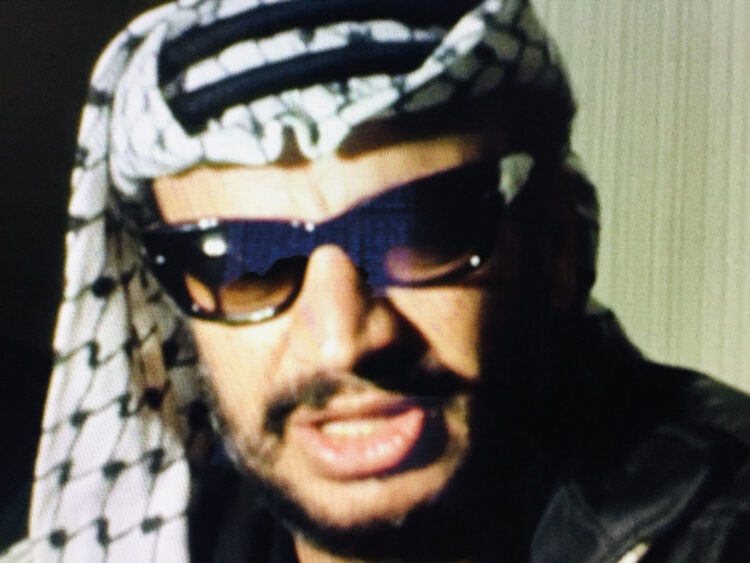
Having been driven out of Jordan in 1970 and 1971, the PLO, headed by Yasser Arafat, regrouped in Lebanon, which had always played a peripheral role in the Arab-Israeli conflict. During that period, Israelis were fond of saying that Lebanon would be the second country to make peace with Israel. No one knew what nation would precede it.
Foreign left wingers enamored of the Palestinian cause streamed into military training camps in Lebanon run by the PLO. In 1972, three Japanese terrorists who had taken one of these courses killed 26 passengers and injured 80 in Ben-Gurion Airport, prompting further Israeli reprisals in Lebanon.
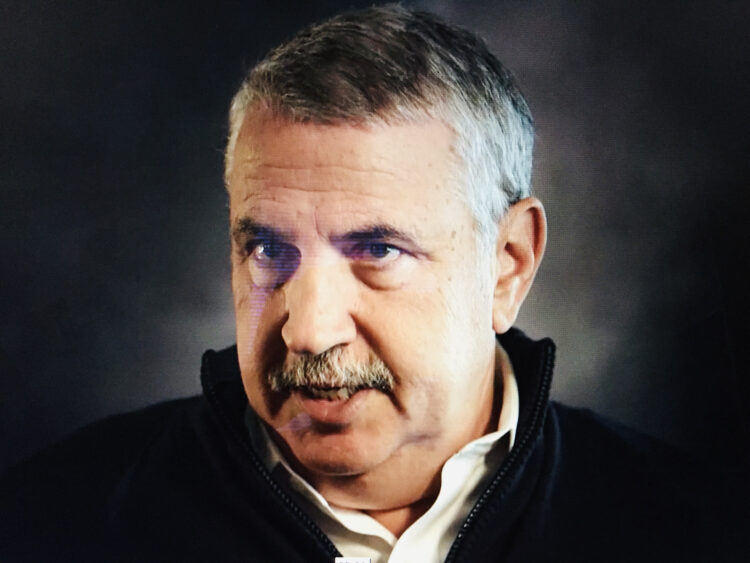
Maronites, in particular, were upset by these ominous developments. With tensions mounting between Christian and Palestinian militias, the second Lebanese civil war erupted in 1975, only 17 years after the first one had ended. Lebanon was enveloped by anarchy, says Thomas Friedman, then a United Press International reporter based in Beirut and now a New York Times columnist.
As Lebanon was torn asunder by mutual hatred, next-door neighbor Syria intervened in 1976, co-opting an influential Maronite family, the Franjiyehs, as its Lebanese ally. Their bitter Maronite rival, the Gemayels, convinced Israel that its armed intervention in the civil war could be beneficial in transforming Lebanon into a pro-Israeli state.
Heeding their advice, the Israeli army launched Operation Litani, its first massive invasion of Lebanon. It took place shortly after the March 1978 coastal road massacre, during which more than 30 Israelis were killed by Palestinian terrorists who had sneaked into Israel from the sea.
Before withdrawing from Lebanon several months later, Israel formed the South Lebanon Army, an anti-Palestinian militia composed of Christians and Shi’a Muslims. In the meantime, the PLO in Lebanon grew stronger.
With Palestinian shelling of Israel continuing apace, the patience of the then Israeli prime minister, Menachem Begin, snapped. Israel stormed into Lebanon in June 1982 in a full-blown invasion coordinated by the hawkish defence minister, Ariel Sharon. Israeli tanks, armored vehicles and jeeps were greeted effusively with rice and rose petals by Shi’as, who had grown weary of the state-within-a-state the PLO had established in Lebanon.
In short order, the PLO was expelled from Lebanon and exiled to Tunisia. The Shi’a population turned against Israel when it became clear that the Israeli army had no intention of leaving any time soon.
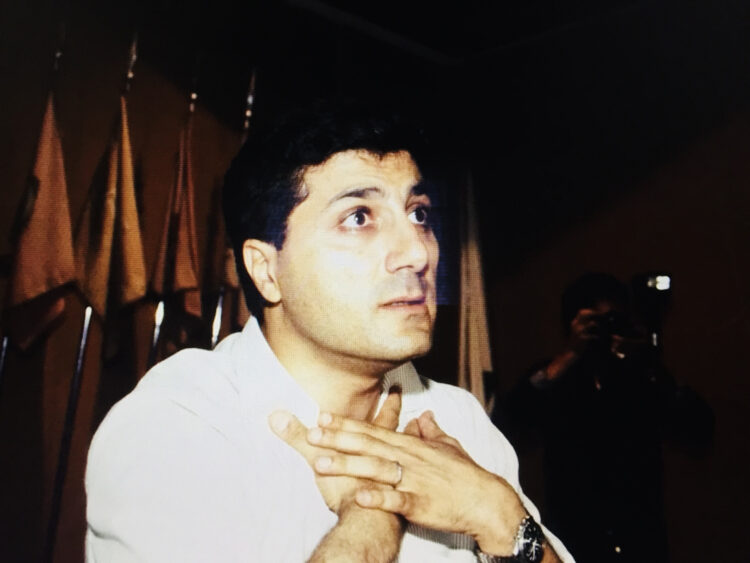
Much to Israel’s satisfaction, Bashir Gemayel, its ally, was elected president of Lebanon. Within three weeks of his victory, he was assassinated by Syrian agents. Israel’s conquest of West Beirut was sullied by the Phalange mass murder of Palestinians in the Sabra and Chatila refugee camps.
After the United States got entangled in the civil war on the side of the Christians, the U.S. embassy in Beirut was bombed and U.S. Marine barrack near the airport was destroyed, killing 241 Americans and 58 French soldiers. “We could not imagine that kind of an attack,” says Ryan Crocker, an American diplomat who was stationed in Lebanon when these events occurred.
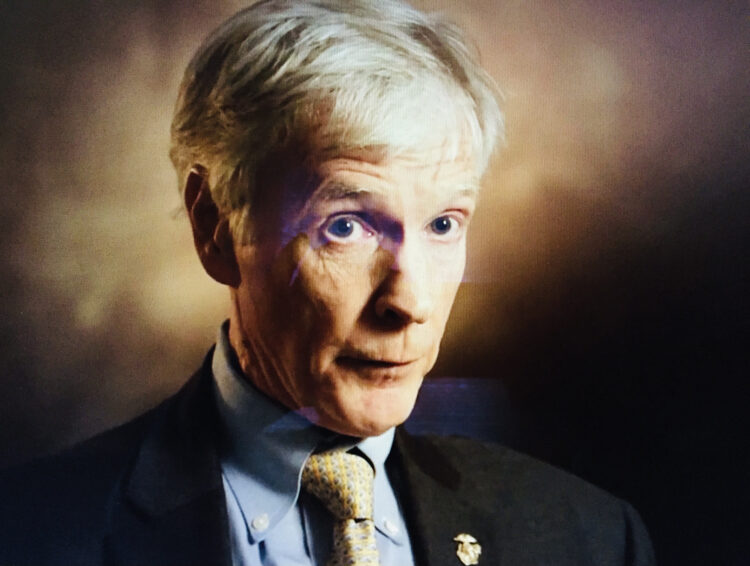
The brazen attacks were carried out by suicide bombers affiliated with a new and menacing Middle Eastern force, Hezbollah, a Shi’a movement backed by Iran, which benevolently portrayed itself as a liberator and protector of Shi’as.
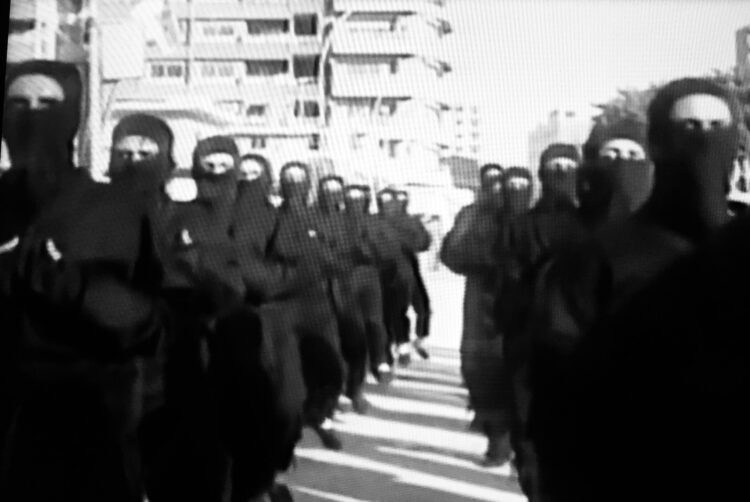
Hezbollah kidnapped about 100 foreigners from 1982 to 1992. One of the abductees, Terry Anderson, was an Associated Press correspondent who still bears the psychological scars of his imprisonment.
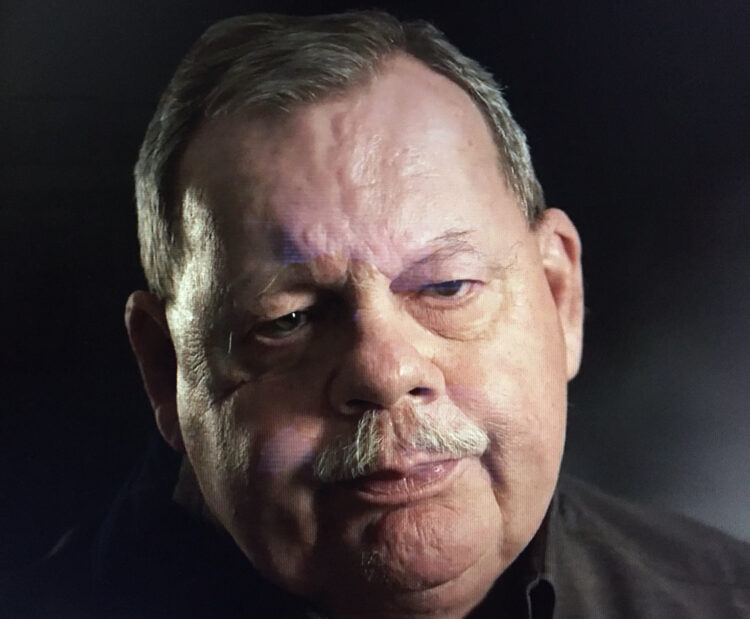
Under pressure from Lebanese militias, U.S. President Ronald Reagan pulled American troops out of Lebanon in 1984. “We just wanted out,” says Crocker, who was subsequently ambassador in Beirut. “We were done.”
Israel hung on for 16 more years, carving out a security enclave in southern Lebanon from which to fight Hezbollah, a crafty and resourceful enemy.
The civil war ended in 1990 with the Taif agreement. Under its terms, all Lebanese militias were obliged to disarm. Hezbollah, with Hassan Nasrallah at the its helm, ignored this crucial clause in the peace accord.
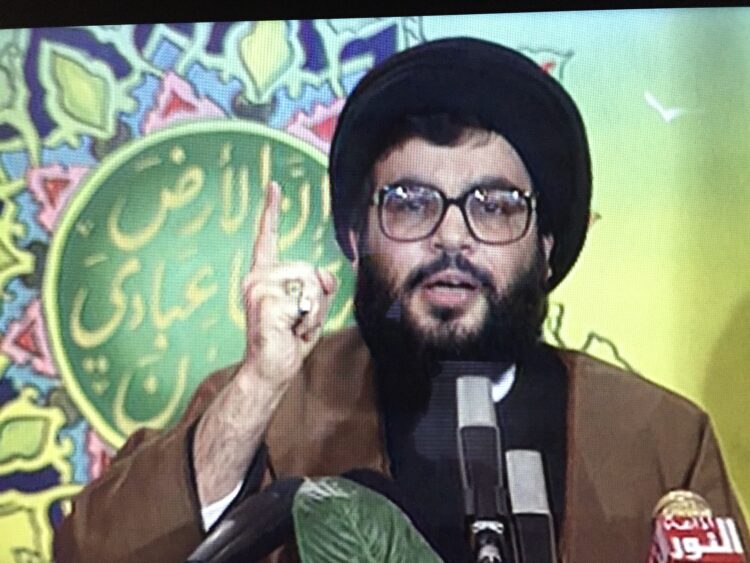
In May 2000, Israel unilaterally pulled out of Lebanon, having grown fatigued by its costly war of attrition with Hezbollah. Seeking greater control of Lebanon, the Syrian regime of President Hafez al-Assad supported Hezbollah. Iran used Hezbollah to extend its influence in Lebanon and throughout the Middle East.
Lebanon’s newly elected prime minister, Rafik Hariri, called for Syria’s withdrawal from Lebanon. The Syrians withdrew under duress, but their Lebanese proxies managed to assassinate Hariri.
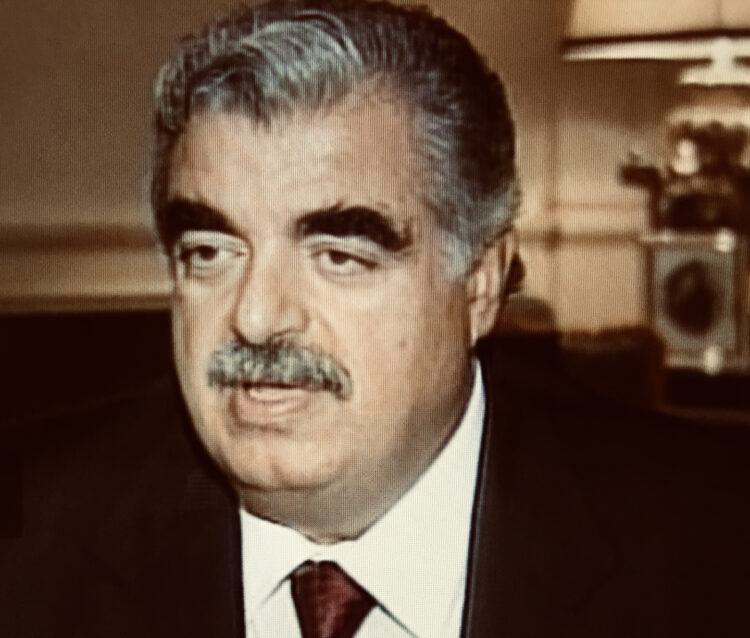
Dror delves into the 2006 war in Lebanon, which pitted Israel against Hezbollah, but his treatment of it is cursory.
Dror’s assessment of Lebanon’s future is grim. After decades of turmoil and bloodshed, the road ahead is still littered with obstacles.
